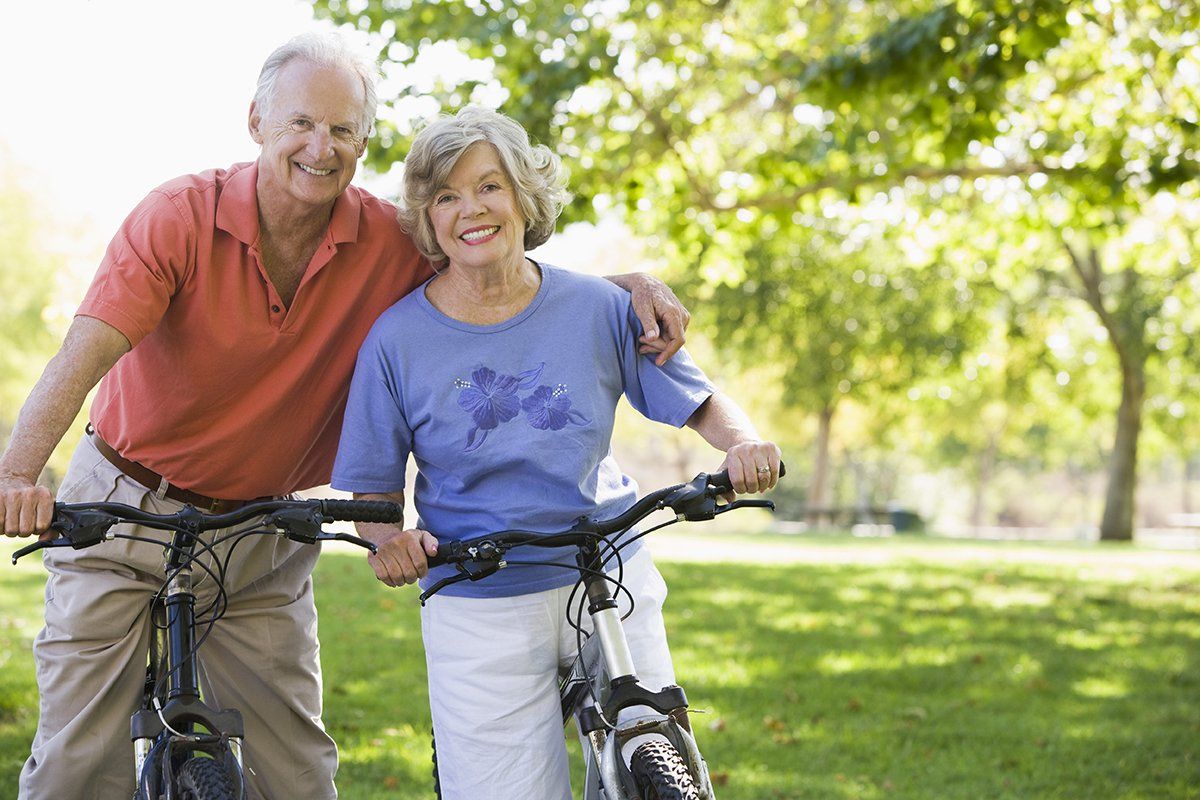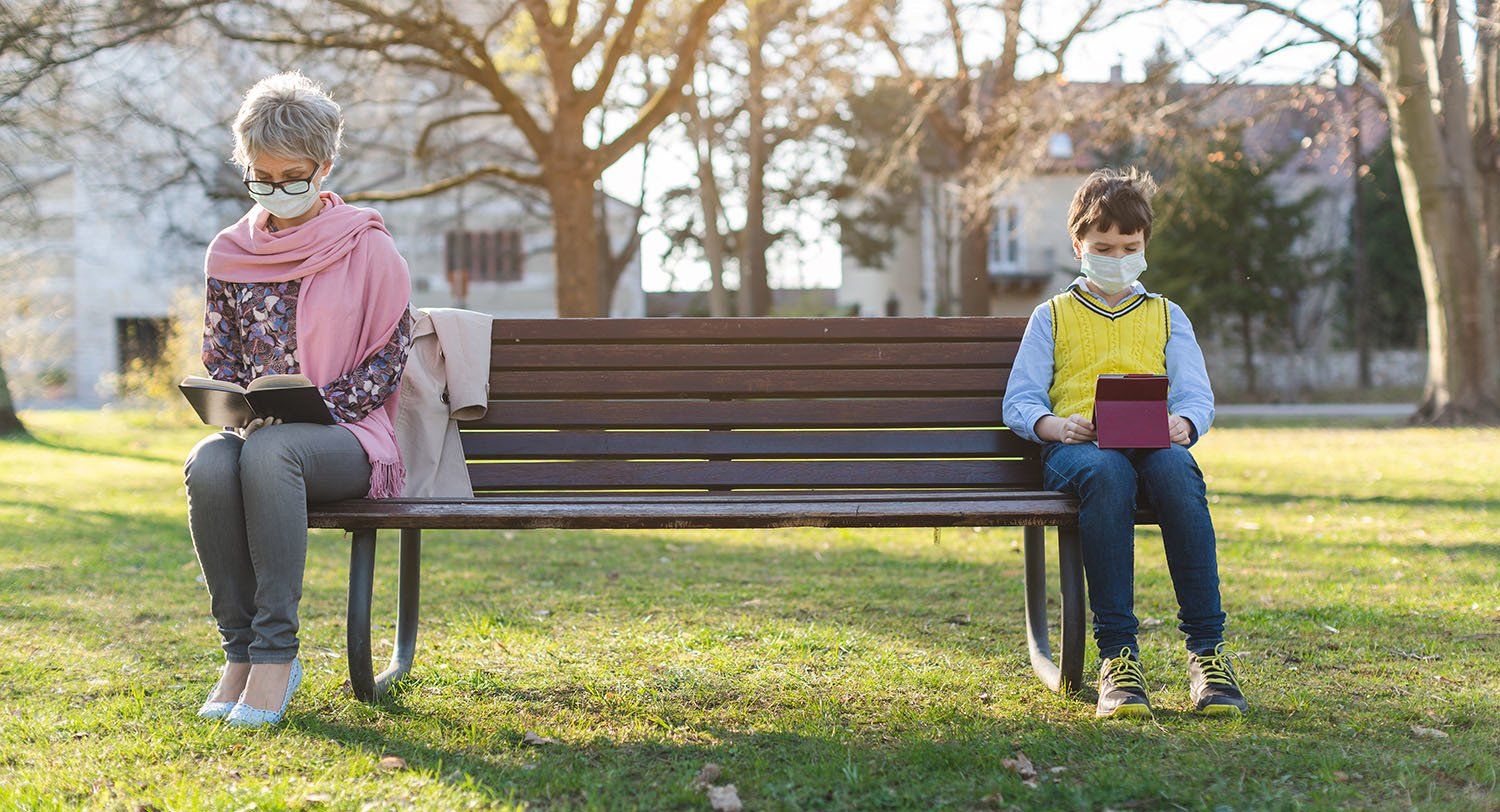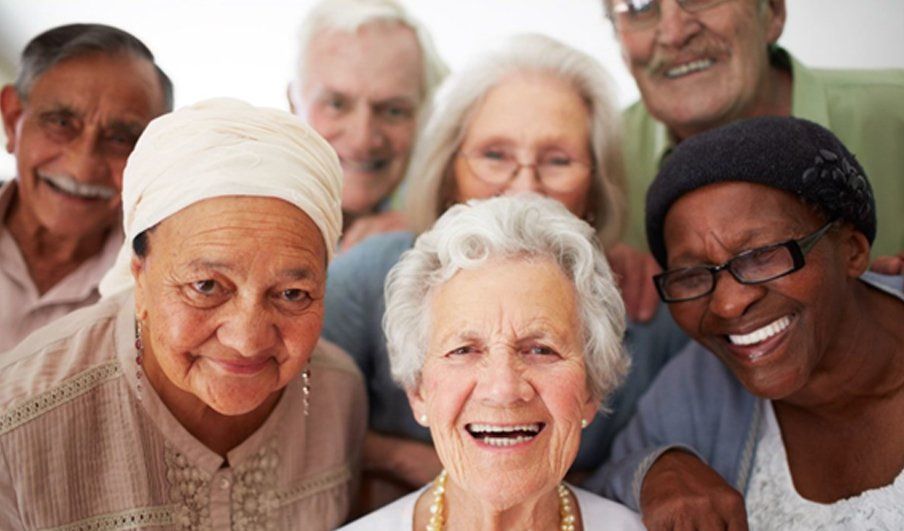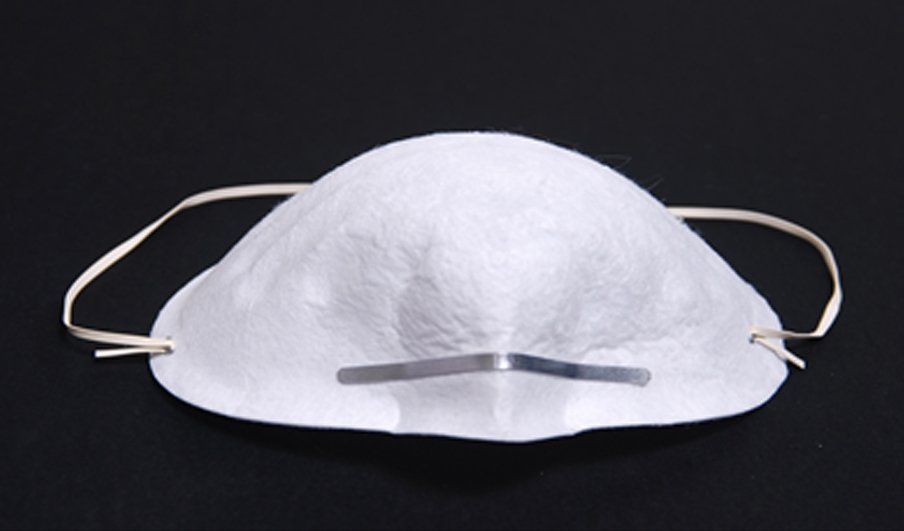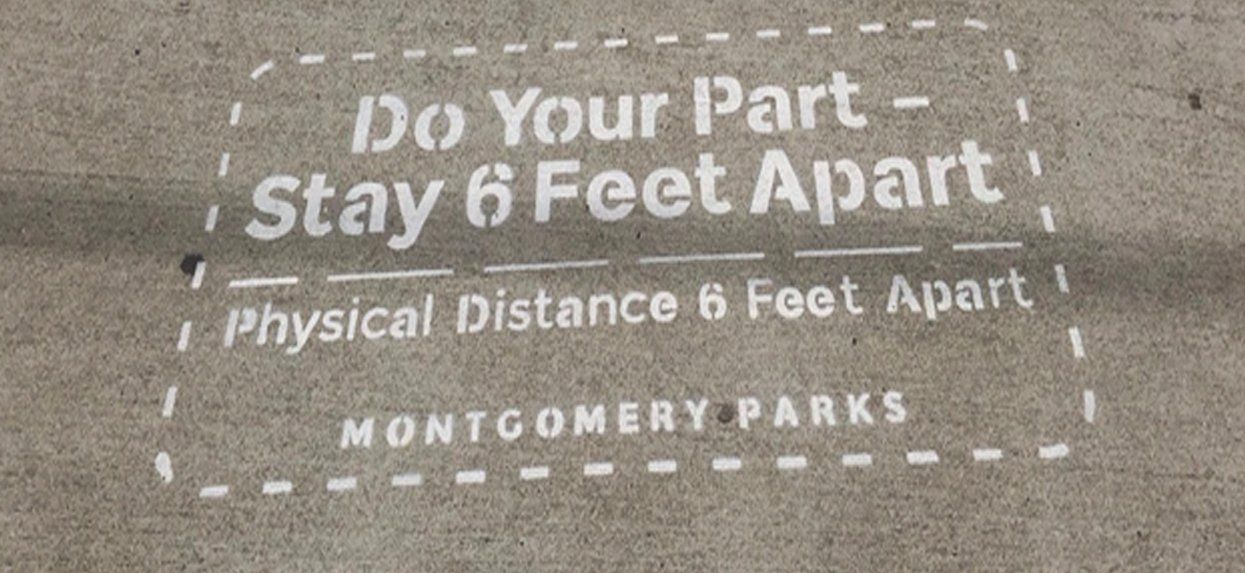Still Here, Still Valuable: Unconventional Moves to Stay Visible, Hired, and In Demand
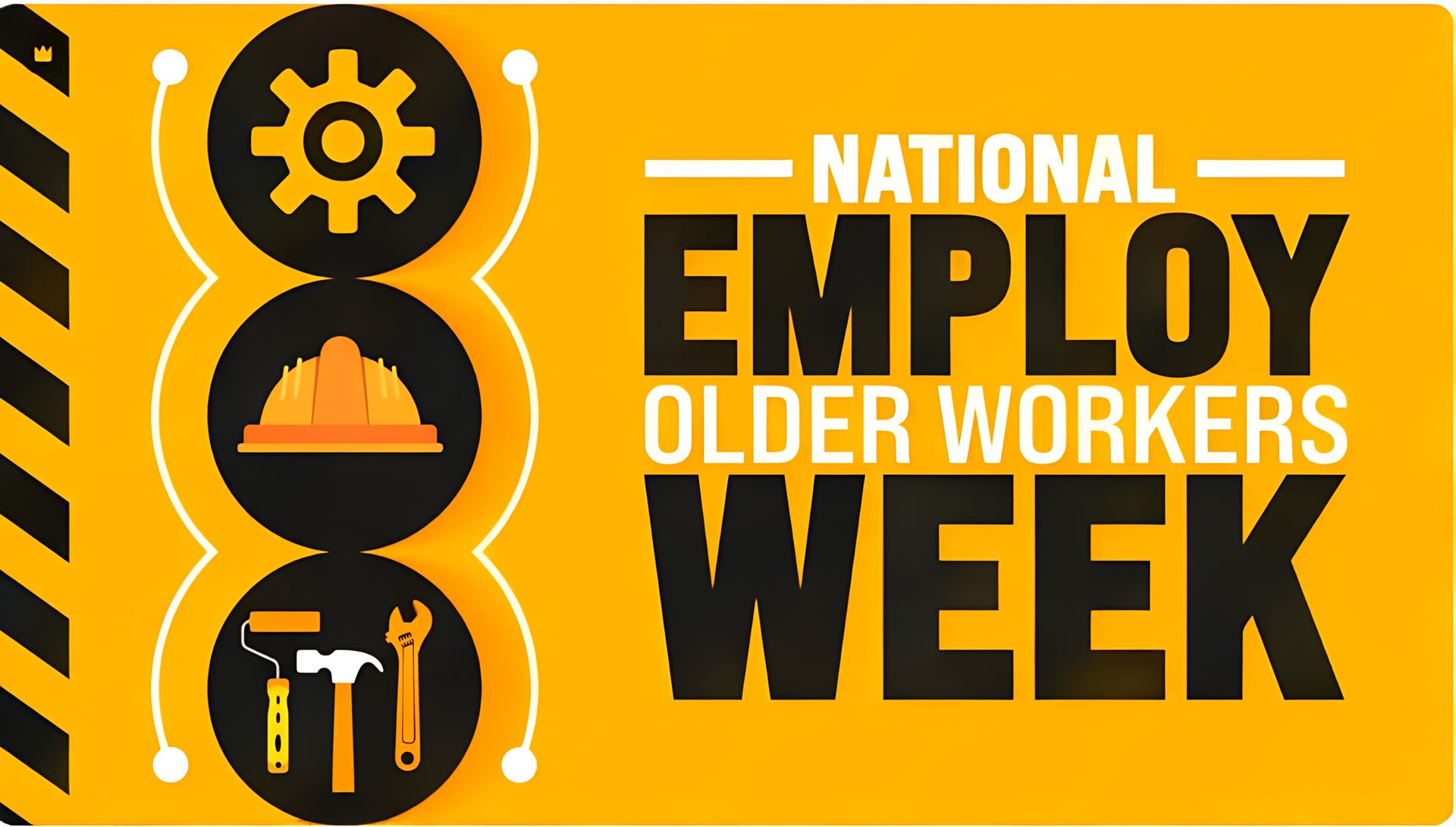
We are living in resourceful times, where industries are adapting quickly and workers of all ages are finding new ways to contribute. Layoffs and shifting priorities are reshaping the workplace nationwide. While these changes affect everyone, they also highlight the stability, perspective, and creativity older workers bring as essential strengths for employers navigating uncertainty.
Research shows that job searches can sometimes take longer for people over 50. Yet the very qualities that come with experience such as problem-solving, adaptability, mentoring, are the same qualities that can spark innovative solutions and move organizations forward.
During National Employ Older Workers Week (September 21–27), the JCGF is celebrating the value of older professionals and shining a light on bold, creative strategies that keep them visible, hired, and in demand. Unconventional times call for unconventional approaches, and older workers are well-positioned to lead with ingenuity.
Here are a few practical moves to consider, whether you stay in your current role or prepare for something new:
Pitch a Transition Plan
If you sense shifts at work such as new leadership, restructuring, or reduced communication, consider a proactive conversation. Propose a phased transition where you mentor a successor, consult part-time, or take on a more strategic role. Even if the answer is no, offering solutions shows foresight, flexibility, and leadership.
Teach What You Know
Your decades of insight can become a workshop, lunch-and-learn, or online course. Whether through community colleges, virtual platforms, or inside your company, turning knowledge into learning opportunities increases visibility and extends impact.
Try AI as a Career Companion
AI tools like ChatGPT, Perplexity, or Claude, can streamline tasks, brainstorm ideas, or polish your resume. Being able to say, “I’ve been experimenting with AI to improve my productivity” is a standout in any interview.
Start Something Small
You don’t need a business loan to launch a consulting gig, seasonal side hustle, or encore project. Think local, low-cost, and aligned with your passions. What do people come to you for or ask you for advice on? What skill could you monetize in a few hours a week?
Reconnect Strategically
Dust off old contacts, not with a resume but with curiosity. Ask how others are navigating this landscape. Offer encouragement. One reconnection a week can lead to surprising opportunities, sometimes in roles that were never advertised.
Returning to the Office
Yes, many have grown to prefer remote work. But remember, most careers were built in traditional, in-person environments. That history of navigating office dynamics, mentoring across desks, and collaborating face-to-face is a strength. In interviews, do not hesitate to frame it that way.
Your Action Step
Pick one idea above and try it this month. Whether it sparks income, a conversation, or renewed confidence, it’s a step forward.
National Employ Older Workers Week is not just about appreciation. It’s a reminder that the next chapter may look different, but it is still yours to design and your ingenuity will keep moving both you and our communities ahead.
Have a question or topic you'd like us to explore in a future blog? Drop us a note—we're listening.
Donna Satterthwaite
Vice Chair, Juanita C. Grant Foundation
CEO, MotivAction Coaching
Must Read Newsletter
Sign up for news and events
Newsletter
Most Popular
